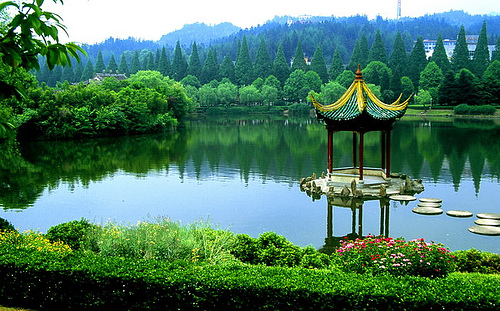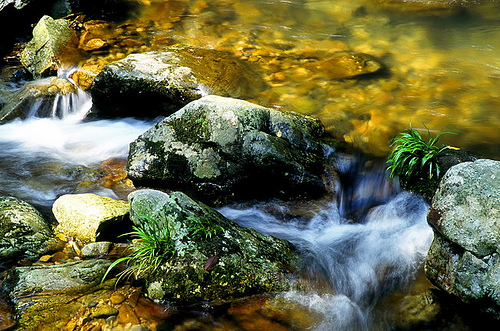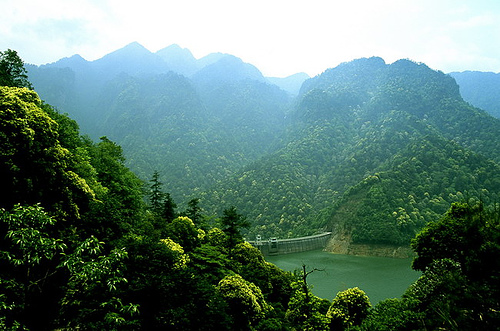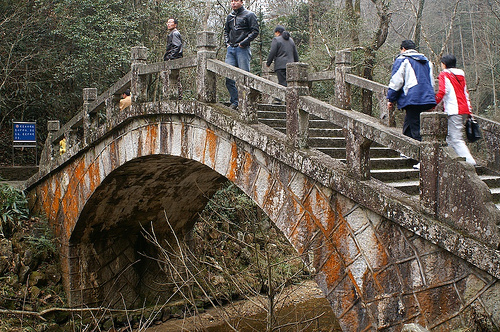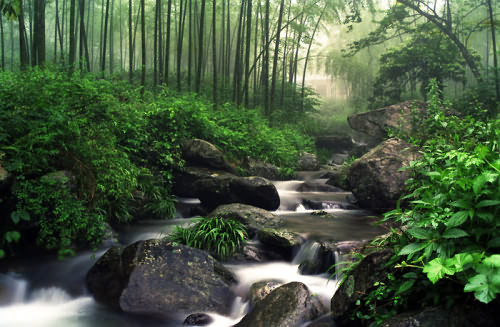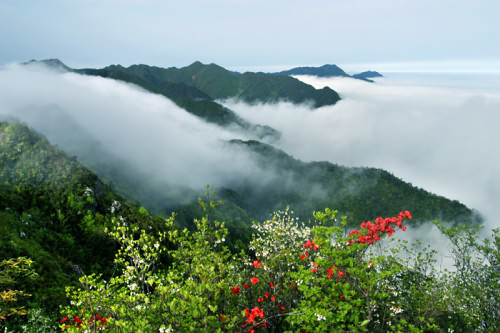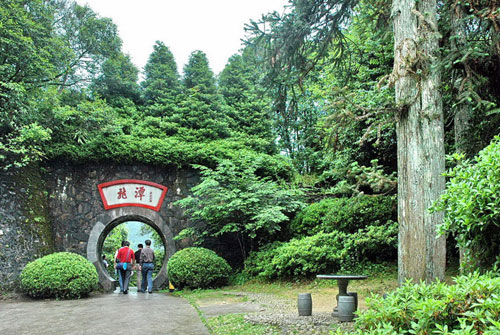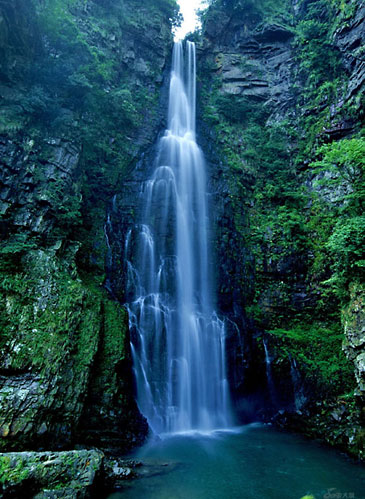Tourists who flock to Jinggangshan -- the "cradle of the Chinese revolution" -- seeking spiritual enlightenment from late revolutionary leaders usually get much more than that. Magnificent mountains intertwined with heroic stories make Jinggangshan an unparalleled scenic spot for both learning and relaxing.
(by chinaboiler/flickr.com)
Jinggangshan, a city named after Jinggangshan Mountain in Jiangxi Province, has become one of the most popular places for patriotic education with the growing popularity of "red tourism," which refers to visits to areas related to China's "red" revolution from 1921, when the Communist Party of China was established, to 1949, when New China was founded.
Even though Jinggangshan, a typical mountain city 380 meters above sea level, is easily accessible now, it was hard to reach many years ago. That's the reason why its natural beauty has remained intact and also why the Communist Party of China chose it as its first rural revolutionary base.
(by K*K/flickr.com)
In October 1927, the Autumn Harvest Uprising troops led by Mao Zedong marched to Jinggangshan and set up the first revolutionary base there. In late April 1928, the remainder of the army led by Zhu De and Chen Yi joined Mao in Jinggangshan and created the fourth Red Army.
Traces of the Red Army can be found everywhere in Jinggangshan.
Mao’s former residence cannot be missed. The house, with tile roof and mud walls, is surrounded by upright pines and green bamboos in Ciping, the center of the revolutionary base in Jinggangshan.
From October 1927 to January 1929, Mao lived and worked in the rear of the house. After Mao and Zhu moved their troops to southern Jiangxi, the Kuomintang army occupied Jinggangshan and burnt most of the houses in Ciping, including Mao's former residence. In 1961, it was restored to its original appearance.
(by image.baidu.com)
The revolutionary museum is also located at Ciping. Founded in 1959, it is the first local revolutionary museum in China. More than 800 precious relics and 2,000 replicas depict the glorious cause of the late revolutionaries. The oil lamp and inkstone Mao used to write the famous article "Struggle in Jinggangshan" and the shoulder pole Zhu used to transport food are among exhibits there.
The museum also features many paintings by renowned artists depicting the life and battles in Jinggangshan. Audio-visual rooms have been opened in recent years, offering visitors a more vivid glimpse into the past.
Compared to the crowds in the above two places, Jinggangshan Revolutionary Martyrs' Cemetery is a much more tranquil location where tens of thousands of martyrs rest.
Two flights of stone stairs lead visitors to the cemetery which is halfway up Beishan Hill. The first flight has 49 steps, marking the founding of the People’s Republic of China in 1949, and the second has 60 steps, signaling the cemetery was opened in 1987 — the 60th anniversary of the founding of the Jinggangshan revolutionary base. The martyrs' monument is on the highest peak of the cemetery.
(Shenzhen Daily by Wu Tong January 1, 2008)

